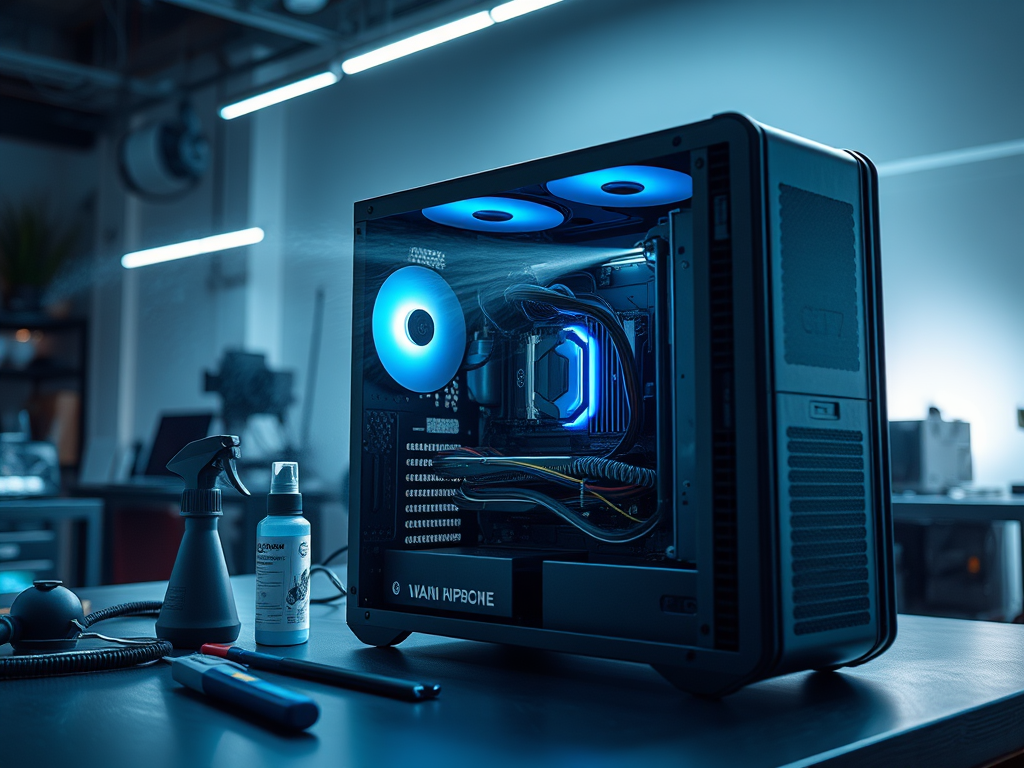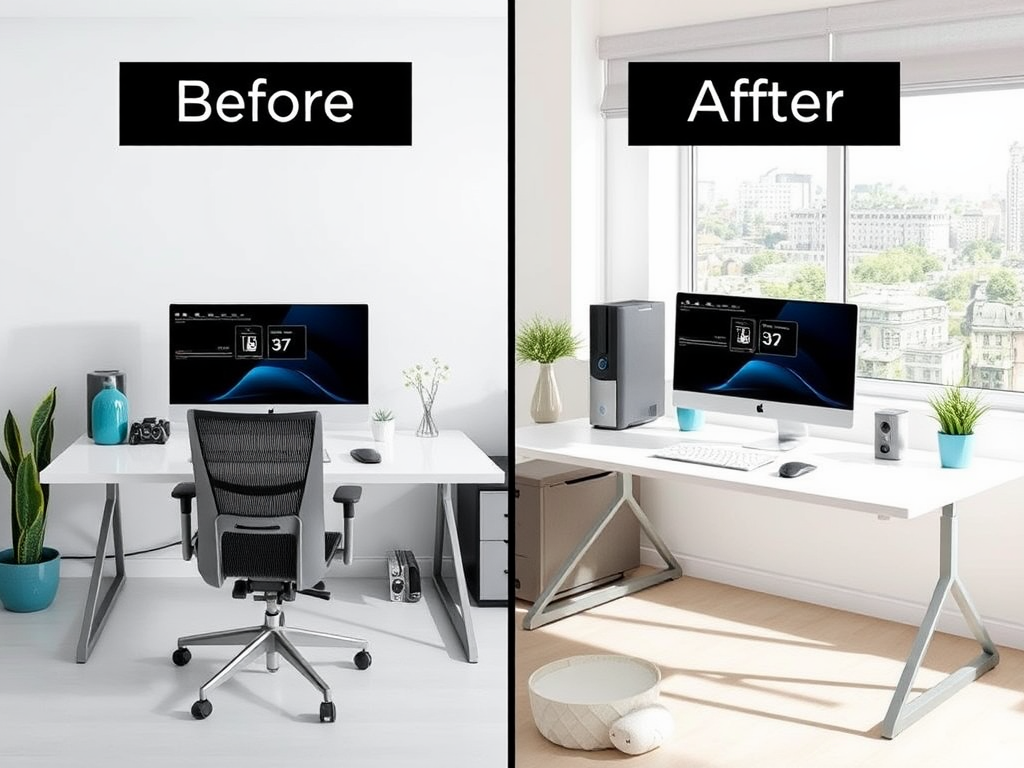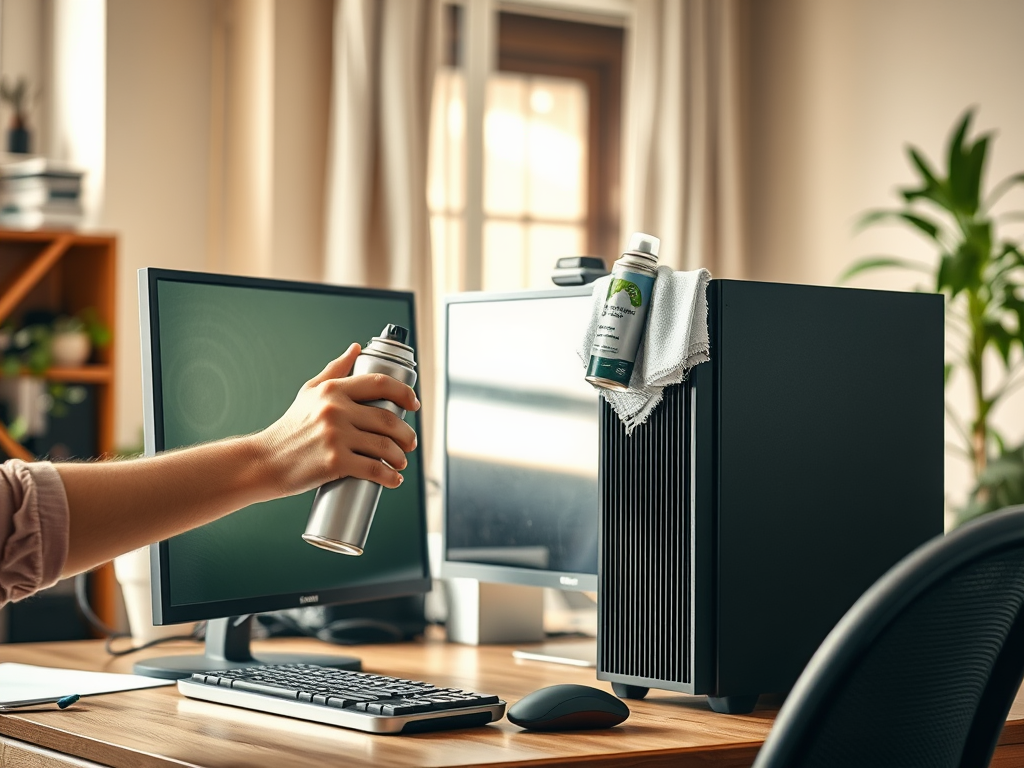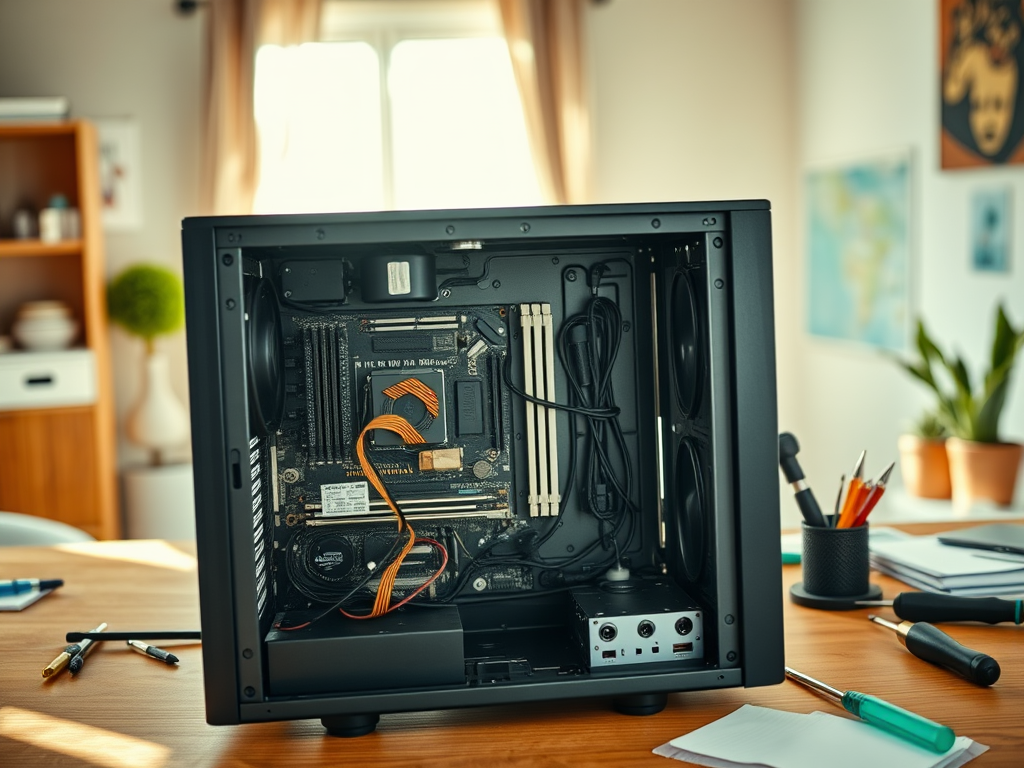In today’s fast-paced digital world, your computer serves not just as a tool, but as a lifeline to productivity and creativity. It’s remarkable how much we depend on these machines for work, play, and everything in between. Yet, many users overlook a fundamental aspect of maintaining their beloved devices: regular cleaning. Beyond mere aesthetics, cleaning is vital to ensure optimal performance and prolong the life of your computer. Dust and debris are more than just nuisances; they can obstruct airflow, cause overheating, and lead to serious hardware damage. Consequently, understanding the significance of routine cleaning becomes essential for anyone who relies on their computer.
The buildup of dust can dramatically affect various performance aspects, which is why awareness and preventive measures are necessary. Not only can dust clog ventilation systems, but it can also make components less efficient, leading to a decline in system responsiveness. Over time, this neglect can transform what was once a seamless experience into an exercise in frustration, as slow load times and unexpected shutdowns become your new normal. Regularly prioritizing computer cleaning could be the solution to avoiding these dilemmas while ensuring a smooth computing experience. Embracing this preventive maintenance can save you time and money in the long run.
Impact of Dust and Debris on Computer Performance

When dust and debris begin to accumulate inside your computer, the consequences can be dire. For instance, dust can easily block the fans that are essential for cooling internal components. This leads to overheating, which is a primary culprit of hardware failure in computers. In extreme cases, it can also cause systems to shut down unexpectedly or exhibit erratic behavior. Thus, understanding how dust impacts performance is critical for informed and responsible computer usage. Ignoring these issues might seem trivial at first, but they can accumulate into substantial problems that can be costly and time-consuming to fix.
Moreover, the ventilation systems are designed to maintain an optimal working temperature, and any disruption can hinder their effectiveness. Components like the CPU and GPU generate significant heat when running high workloads, and adequate airflow is necessary to keep them functioning properly. Too much dust can lead to fans working harder than they need to, reducing their lifespan. Realizing these implications emphasizes the importance of keeping both the internal and external parts of the computer clean.
- Unusual noises from fans or components, which may indicate blockages.
- Sluggish performance or noticeable delays in task execution.
- Frequent overheating or abrupt shutdowns with no apparent reason.
Benefits of Regular Computer Cleaning

When it comes to maintaining your computer, the benefits of regular cleaning extend far beyond aesthetics. Firstly, a clean computer can significantly improve performance. When airflow is unobstructed, CPU and GPU can operate at full capacity, leading to faster load times and responsiveness. Users often report experiencing smoother multitasking, which can enhance productivity. Therefore, adopting a cleaning routine not only keeps your device looking fresh but also ensures it runs effectively, making it an essential aspect of digital maintenance.
Additionally, regular computer cleaning can lead to an increased lifespan of your hardware components. Each part of your computer is designed to endure substantial wear and tear, but excessive dust and grime can expedite the aging process. By consistently dusting off and cleaning internal parts, you are actively contributing to the longevity of critical components. A well-maintained machine often translates to fewer replacements needed over time, ultimately protecting your investment.
Another often overlooked advantage is the enhanced aesthetics that come with a clean machine. A sparkling clean setup not only inspires confidence in your equipment but contributes to a more pleasant workspace. This can be particularly important in professional settings or when presenting to clients. Given how much time many individuals spend in front of their computers, maintaining a visually appealing environment can boost mood and motivation significantly.
| Cleaning Task | Frequency | Importance |
|---|---|---|
| Dust Removal (External) | Weekly | Prevents buildup and maintains appearance |
| Internal Cleaning | Every 6 months | Improves airflow and reduces heat risks |
| Screen Wiping | Monthly | Enhances visibility and reduces eye strain |
Steps for Effective Computer Cleaning
To ensure effective cleaning, proper preparation is key. Gather the necessary tools that will make the process smoother, such as compressed air, microfiber cloths, and cleaning solutions like isopropyl alcohol. Knowing what to have on hand streamlines the cleaning experience. Without the right materials, you might find yourself improvising — potentially harming sensitive components. By taking a proactive approach, you set the stage for an efficient cleaning session that can yield impressive results.
Starting with the external parts, make a habit of wiping down surfaces regularly. Dusting off the keyboard, screen, and case can drastically enhance your computer’s visual appeal. Use microfiber cloths to prevent scratches, and don’t forget to clean the ports. Ensuring the exterior is clean not only looks good, but it also prevents debris from entering the internal structure.
- Weekly cleaning of external surfaces to keep immediate dirt at bay.
- Internal cleaning every six months, adjusting for dust-prone environments.
- Regularly inspect for any signs of trouble, addressing issues promptly.
As for internal cleaning, safety should be the top priority. Make sure to power down your computer and disconnect it from the wall before opening the case. Utilize compressed air to blow dust out of fans and heat sinks, ensuring to do so from a safe distance to avoid damage. Keep in mind the static buildup that can harm components; using anti-static wrist straps can be beneficial in this scenario. By following these steps, you significantly reduce the likelihood of potential issues down the road.
Conclusion
Regular computer cleaning is not merely an exercise in tidiness; it plays a significant role in preserving performance and prolonging the lifespan of your system. Ignoring this crucial aspect can lead to unfortunate surprises down the line, where slow performance or hardware failure can become costly. By incorporating routine cleaning into your digital maintenance habits, you are safeguarding your investments while enhancing your user experience. Establishing a cleaning schedule ensures that your computer remains a reliable ally in whatever endeavors you pursue. After all, a clean machine is a happy machine.
Frequently Asked Questions
- How often should I clean my computer? It is generally recommended to clean your computer every 3 to 6 months, depending on your environment.
- Can I use regular household cleaners on my computer? No, it’s best to use products specifically designed for electronics to avoid damage.
- What tools do I need for cleaning my computer? Compressed air, microfiber cloths, isopropyl alcohol, and soft brushes are ideal.
- Will cleaning my computer void the warranty? Typically, as long as you follow the manufacturer’s guidelines, cleaning will not void the warranty.
- Is it safe to clean the internal parts of my computer? Yes, as long as you take the necessary precautions and follow safe cleaning practices.



